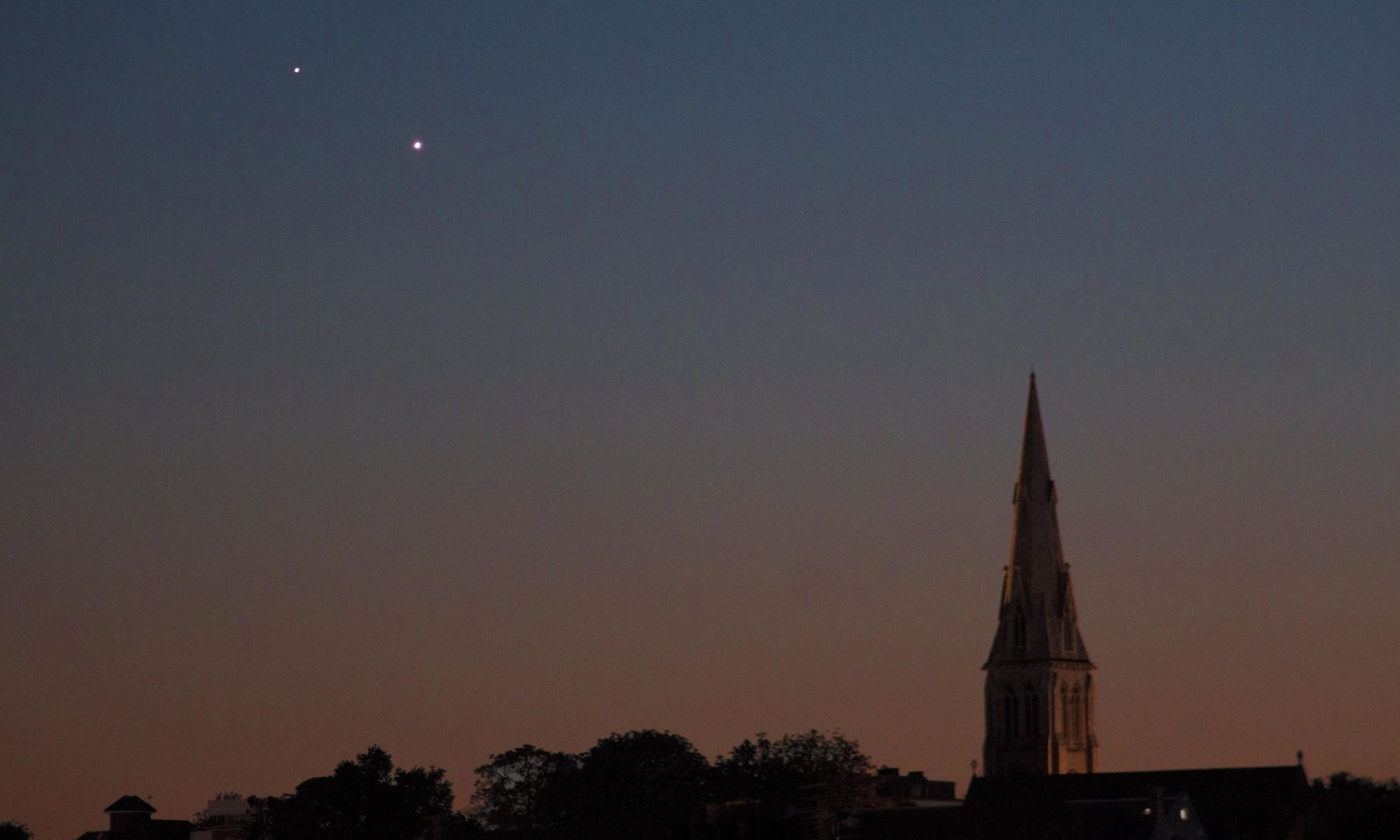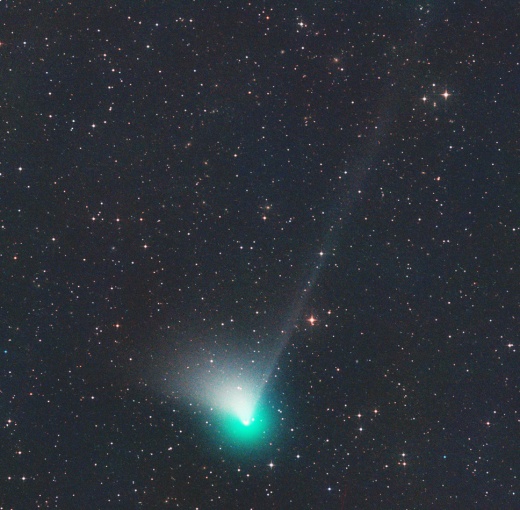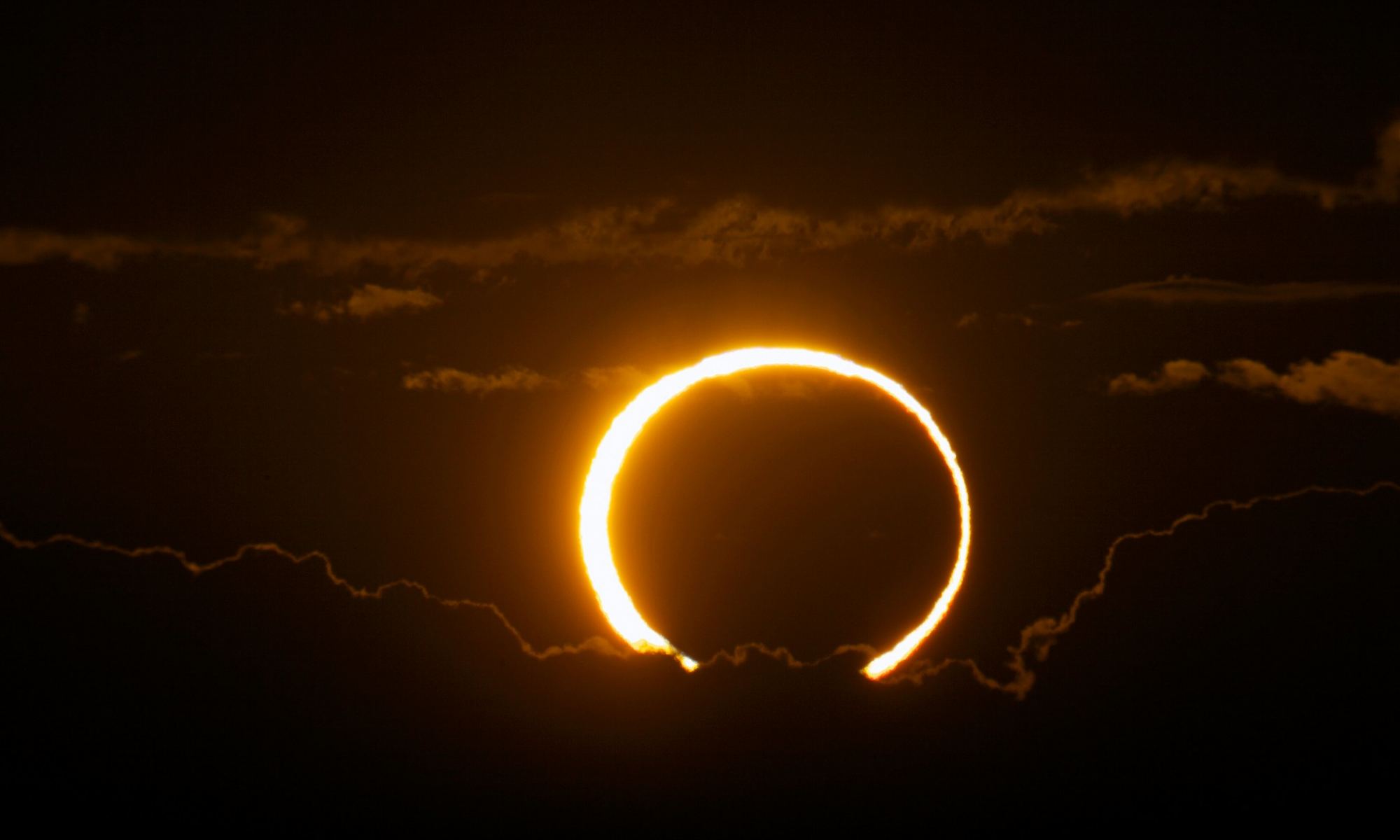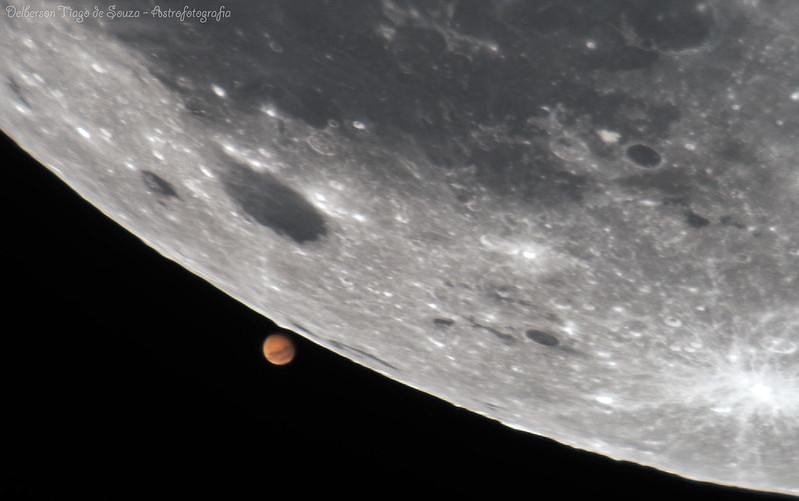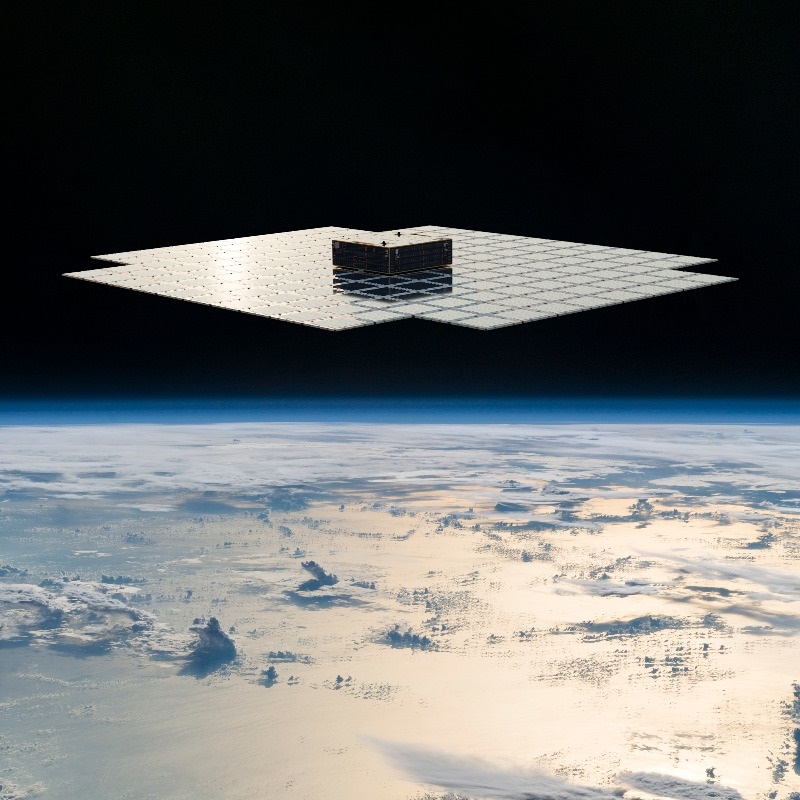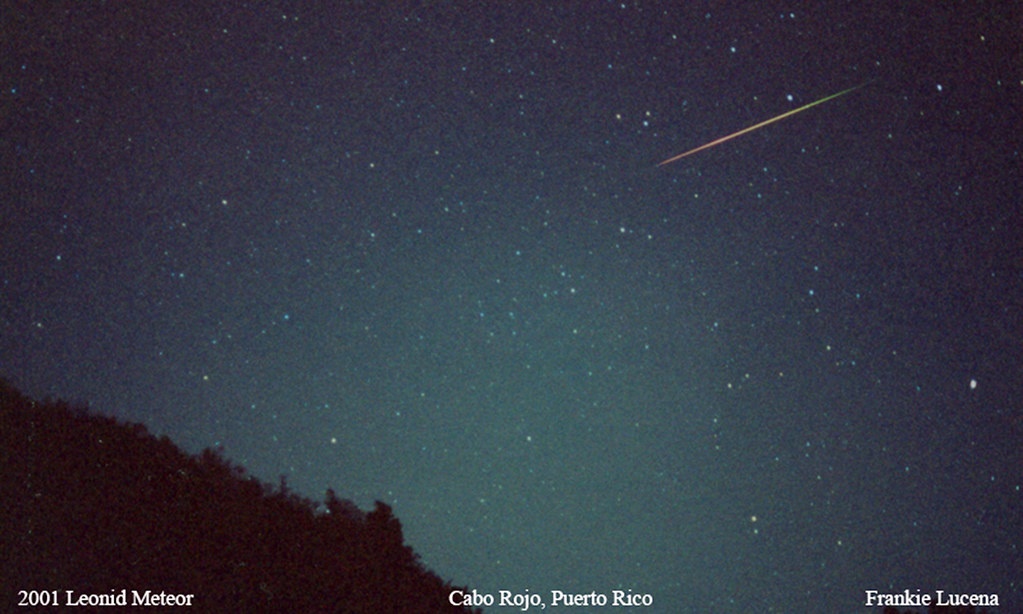New Comet C/2023 A3 Tsuchinshan-ATLAS may put on a show at the end of next year.
Could this one be the next great comet? Though caution is always warranted when it comes to icy interlopers from the Oort Cloud, a recent discovery has given us pause, and a reason to take notice. We’re talking about the recent discovery of Comet C/2023 A3 Tsuchinshan-ATLAS, just announced last week.
Continue reading “2023 A3 Tsuchinshan-ATLAS: a Bright Comet for the End of 2024?”


